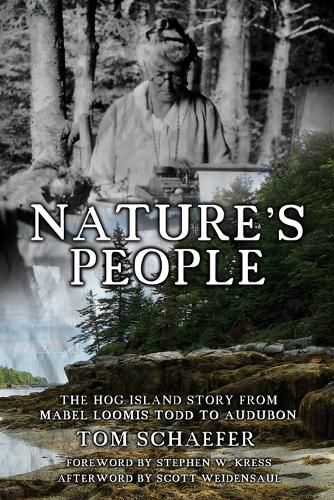Readings Newsletter
Become a Readings Member to make your shopping experience even easier.
Sign in or sign up for free!
You’re not far away from qualifying for FREE standard shipping within Australia
You’ve qualified for FREE standard shipping within Australia
The cart is loading…






This title is printed to order. This book may have been self-published. If so, we cannot guarantee the quality of the content. In the main most books will have gone through the editing process however some may not. We therefore suggest that you be aware of this before ordering this book. If in doubt check either the author or publisher’s details as we are unable to accept any returns unless they are faulty. Please contact us if you have any questions.
When Emily Dickinson died in 1886, her sister learned of a cache of unknown poems which she was determined to see published. In time the task fell to Mabel Loomis Todd, a socialite in town who just so happened to be having a long-term affair with the sisters' brother, Austin. It is because of Mabel Loomis Todd that we know Emily Dickinson today.
While Dickinson scholars have parsed her contributions to Emily's portfolio of poems and letters, Mabel Todd's involvement in the nascent practice of preservation of natural places has gone largely unreported. It was in 1908 when she signed papers for an undeveloped tract of an island in Muscongus Bay, Maine, where her family summered as rusticators for many years. Then through the foresight of her daughter Millicent Todd Bingham and the leadership of the National Audubon Society's John Baker, the island first hosted the Audubon Nature Camp for Adult Leaders in 1936.
Over the decades, the summer endeavor has evolved into the historic Hog Island Audubon Camp, a worldwide landmark center of nature education and birding. How all that came about it is the stuff of Nature's People.
$9.00 standard shipping within Australia
FREE standard shipping within Australia for orders over $100.00
Express & International shipping calculated at checkout
This title is printed to order. This book may have been self-published. If so, we cannot guarantee the quality of the content. In the main most books will have gone through the editing process however some may not. We therefore suggest that you be aware of this before ordering this book. If in doubt check either the author or publisher’s details as we are unable to accept any returns unless they are faulty. Please contact us if you have any questions.
When Emily Dickinson died in 1886, her sister learned of a cache of unknown poems which she was determined to see published. In time the task fell to Mabel Loomis Todd, a socialite in town who just so happened to be having a long-term affair with the sisters' brother, Austin. It is because of Mabel Loomis Todd that we know Emily Dickinson today.
While Dickinson scholars have parsed her contributions to Emily's portfolio of poems and letters, Mabel Todd's involvement in the nascent practice of preservation of natural places has gone largely unreported. It was in 1908 when she signed papers for an undeveloped tract of an island in Muscongus Bay, Maine, where her family summered as rusticators for many years. Then through the foresight of her daughter Millicent Todd Bingham and the leadership of the National Audubon Society's John Baker, the island first hosted the Audubon Nature Camp for Adult Leaders in 1936.
Over the decades, the summer endeavor has evolved into the historic Hog Island Audubon Camp, a worldwide landmark center of nature education and birding. How all that came about it is the stuff of Nature's People.